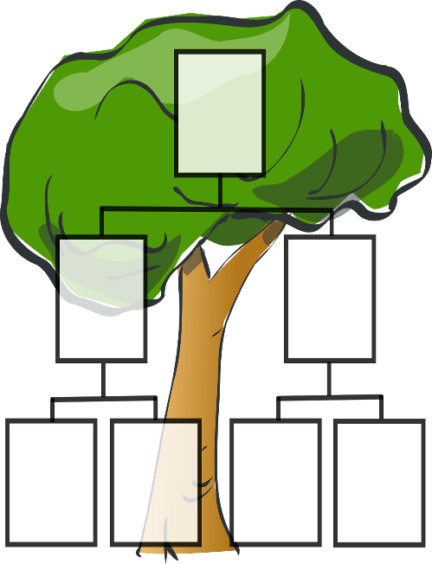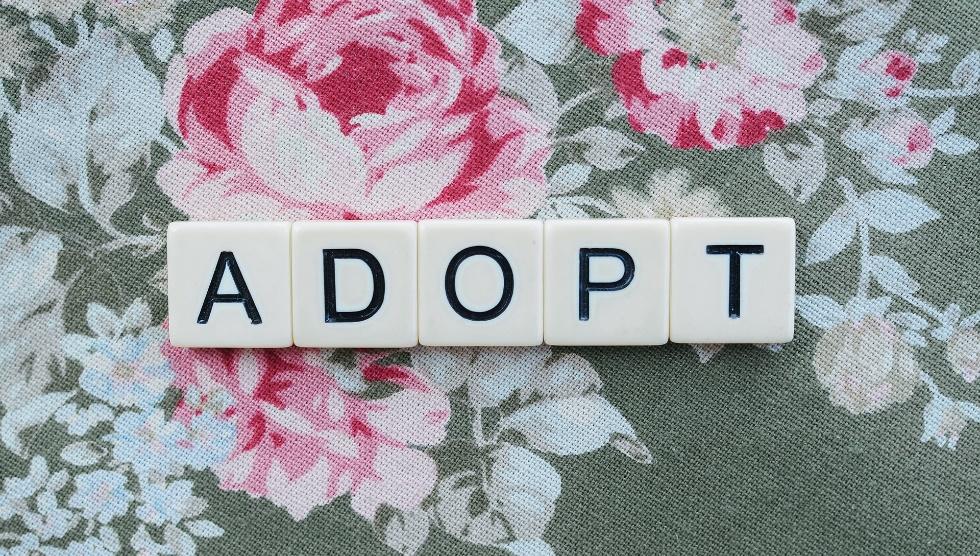This is something I did as an adopted individual and thought I would like to discuss it. Genetic tests give adoptees, donor-conceived persons, and individuals of unknown parentage a chance to connect with the history of their birth families and potentially learn helpful health information in the process.
The best genealogical and genetic tools available to people with unknown parentage are mirror trees. A mirror tree is a copy of another person’s family tree with one tweak, you and your DNA are at the root of the tree instead of the mirrored individual.
A mirror tree uses another’s family data (the closer of a genetic match the more useful the mirror tree will be) to complete your family tree without the parental information but you have other ancestors in common with genetic matches making it possible to build a snapshot of your genealogy and begin filling in the branches of your family tree.
Get a DNA Test
Getting a DNA test seems straight-forward until your internet search returns with thousands of results that promise everything from identifying parentage to curing a variety of illnesses.
DNAWeekly is an objective website that independently reviews the reliability, affordability, and accuracy of genetic tests. A DNA test will produce genetic matches.

Two DNA Tests?
You will want to add the genetic matches into the mirrored family tree with yourself at the base. The DNA test that you have taken will provide potential, familial matches. Consider taking more than one type of genetic test from a different company, not all genetic firms have the same information available, and as a result matches and test results will vary.
The test will provide data about your genetic match’s (user-provided) family facts, including shared surnames and a pedigree view of their ancestry that names parents, grandparents, and great-grandparents. Typically, these types of pedigrees will not include siblings or their children. Adding siblings to a mirror tree can be problematic because the family tree is only as accurate as of the match and the information that has been provided.

The Match
The test will provide data about your genetic match’s (user-provided) family facts, including shared surnames and a pedigree view of their ancestry that names parents, grandparents, and great-grandparents.
Typically, these types of pedigrees will not include siblings or their children. Adding siblings to a mirror tree can be problematic because the family tree is only as accurate as the match is and the reliability of the information they have provided.
National Cancer Institute. ‘DNA Fragment.’ Unsplash.com. Copyright-free.
Make A Copy of the Family Tree

Make a copy of the family tree by mapping out the DNA matches and investigate to see how the family tree is connected which will be the foundation of the mirror family tree. Look for similar surnames and dates if you are looking for a specific family member.
After the known relatives are branched out on the tree take the time to connect your personal DNA to yourself on the mirror tree. In the family mirror tree, your DNA will link to potential relatives. Many different websites can help you analyze and compare genetic material but check DNAWeekly first for free resources that can advise upon which genetic consumables are worth the price.

Adoptive Family Trees
For people who have grown up with a non-traditional family or have little access to their biological parents, DNA and the science of genetics provide an opportunity to know more about their origins, health, and the future.
Genetics cannot create parental bonds, but they can give us a clearer picture of where we came from. Genes are more than the building blocks of life they are our history too.








You must be logged in to post a comment.